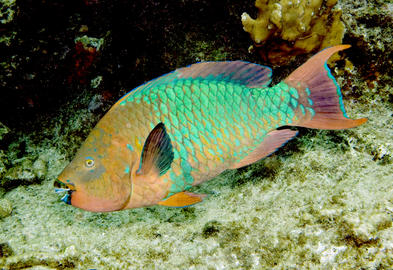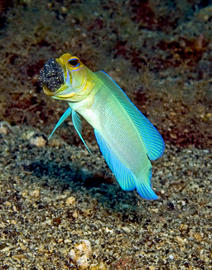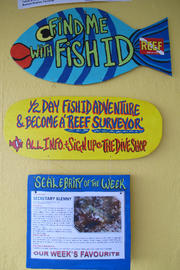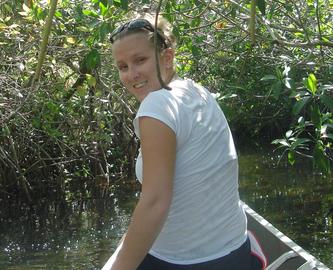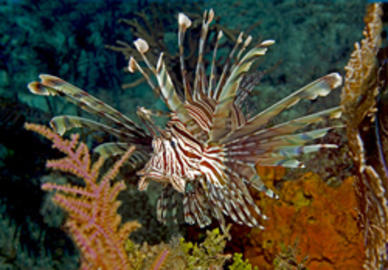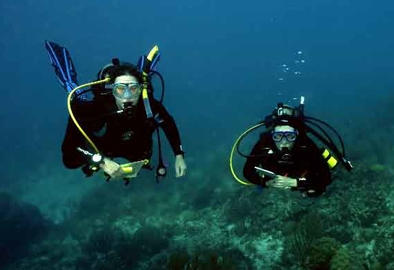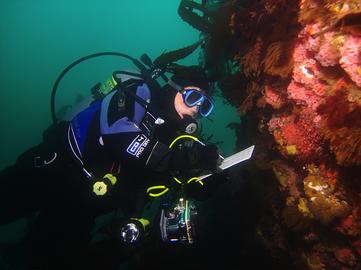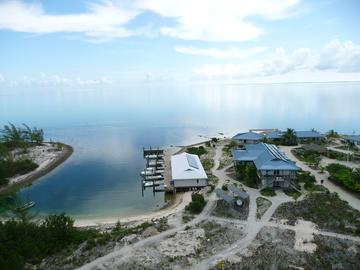Every month, scientists, government agencies, and other groups request raw data from REEF’s Fish Survey Project database. Here is a sampling of who has asked for REEF data recently and what they are using it for:
- Scientists from NOAA Fisheries are using REEF data to conduct stock assessments on parrotfishes in Puerto Rico and US Virgin Islands.

